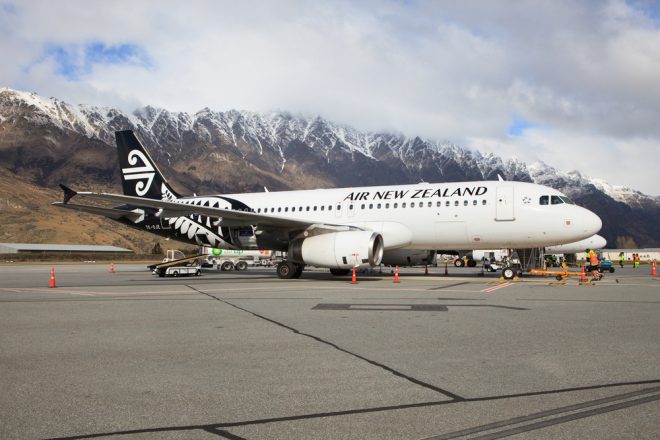Some people trying desperately to return to New Zealand feel like they’ve been missed out in the government’s latest border annoucements.
The government plans to ease open the borders from early next year, and travellers will face different requirements based on their risk level.
But there’s still no wiggle room in the iron-clad boarders for urgent returnees.
Alexandra Birt – a New Zealand lawyer living in London – is part of a group called the Grounded Kiwis.
It has put a petition before Parliament, calling for an overhaul to the MIQ system.
Birt drafted the group’s petition and said she welcomes the plan to allow some vaccinated people to isolate at home, and a risk-based approach for returnees.
But she said her heart sank at yesterday’s news.
“To be honest, we were a bit dismayed, because the announcements all relate to 2022 and in the future at some unknown point in time, but don’t seek to address any of the fundamental issues with MIQ that we’re seeing at the moment.”
Birt said New Zealanders needing to come home urgently are still struggling to get an exemption.
“We heard nothing in the announcement yesterday about whether there’s going to be any changes to the emergency allocation process,” she said.
“For others who do meet the criteria, they can’t get in because there’s not enough space – nothing was said about whether there’s going to be increased space for those people in emergency situations.”
And for the Kiwis overseas trying to nab an MIQ spot in the notoriously overloaded booking system, there’s no relief.
“What a lot of New Zealanders feel is that there’s a plan, that’s great.
“But what about the current state? What is the government going to do right now?
“And that’s what people were saying, ‘What was the point of me sitting through two hours of that announcement because nothing has changed’.”
There are others trying to head in the other direction, but have no guarantee of being able to get a bed on the way back.
Auckland resident Mike Moore’s among thousands of people hitting dead ends trying to book a spot in managed isolation.
His brother, who lived in the United Kingdom, died unexpectedly a few months ago and he wants to support his family in person.
But with no available spots in MIQ and no guarantee of when he could return, he’s holding off on booking.
He said he’s resigned himself to the fact that he won’t be able to visit his family any time soon.
“This proposal that you just keep on checking a website, which never has availability, is like inviting you to jump into a tunnel that has no end to it,” he said.
“As if you have nothing better to spend your life doing than bashing around a website, in the vain hope of finding some availability.”
Mike said the MIQ system is bottlenecked – and more spaces need to be opened up.
“If there are no rooms at the inn, there are no rooms at the inn,” he said.
“It doesn’t matter what mechanisms you provide around that, the fundamental problem is the funnel is completely full.”
But the New Zealand Aged Care Association has given the new measures a tentative thumbs up.
Chief executive Simon Wallace said staff are critically needed on front line.
“We have 350 nurses waiting overseas who’ve got job offers to work in aged care in New Zealand,” he said.
“We think that the self-isolation plan for New Zealanders will allow more space to be freed up and MIQ for those international nurses”
Wallace said he’s approached the government asking for spots in MIQ to be ring-fenced for medical staff working in aged care.



















































-360x245.jpg)










